LIST OF ASPECTS AND SUPERFICIAL DEFECTS
Summary
MINOR DEFECTS:
# Lines of Lüders
# Brands of cold rolling cylinders
# Stains or traces of degreasing or pickling
# Woody appearance (“wood grain”)
MAJOR DEFECTS:
# Lack of fusion
# Rusty tinplate
# Arc points
# Blows, bites – fractures
# Scratches or scratches
# Lamination cylinder brands
# Vibration
# Cracks in the edges
# Inclusions (black stripes – bubbles)
# Calamine
# Differential marking defect on tinplate
# Oil stains
# Yellow edges or yellow spots on the TFS.
DEFINITIONS, ORIGIN AND CONSEQUENCES
OF ASPECT AND SURFACE DEFECTS
These defects are detected by visual observation during unwinding.
MINOR DEFECTS:
– Lüders lines:
Lines more or less long, often perpendicular to the direction of rolling.
Origin : due to a number of reasons (edge defects, variable thickness …), tensile stresses during cold rolling are transferred to the areas of weaker section.
– Cold rolling cylinder brands:
The marks are of diverse forms quite clean, matte or brilliant, repetitive and of a constant step.
Origin : deterioration of the working cylinders, due to the passage of a foreign body between the cylinders or to a break or to crushed folds.
– Stains or traces of degreasing or pickling
White spots, more or less visible after tinning, isolated or grouped, in various forms: in the form of stelae, round or flame-shaped spots, oval spots followed by a less contrasted trail.
Origin : defective washes after degreasing or pickling.
– Woody aspects (wood grain)
Continuous defect that can affect a whole part of the band, is presented as an alternation of matte bands and bright bands, forming a pattern that recalls the appearance of wood.
Origin : this defect is manifested only after the merger. Ill-known, it seems as if the first cause is the structure of the deposited tin layer (shape and size of the crystals) and that the matte-bright alternation is in relation to the alternating phases of the heating current.
Some factors predispose to this defect:
– slow fusion speed
– weak concentration of Sn
– high density of tinning current
– low electrolyte temperature.
MAJOR DEFECTS: The quality of the coating of tin or chromium or of the steel base, is altered very well on a more extensive surface.
– Lack of fusion
The band presents, if it is not fused, a matt white appearance. It may be an important band length or a localized defect.
– Facets: adjacent fused and non-fused zones.
– Stains: located generally in the center of the band.
Origins : insufficient electric fusion power
– it does not allow to follow the thickness variations (facets)
– regulation at too low a level (spots)
Consequences : the tin-iron alloy layer is very weak, if not null. Lack of brilliance
– Rusty tinplate
The surface of the tinplate is covered by rust spots more or less important in size and color.
Origins : the tin layer is not continuous, it rusts in the pores.
Consequences : not suitable for varnishing, poor resistance to corrosion.
– Arc points
Black spots, small in size, scattered or aligned, surrounded or not by a white halo.
Origins : – Electrical arcs caused by bad contact between the band and any other object that is under electrical tension.
– Arcs of conductors: generally due to poor condition of the surface of the conductors (damaged or dirty)
– Anode arches: due to the contact ± franc between the band and an anode under tension, misguided (not placed in the guide, worn or broken). In this case, the arc points are aligned on a line.
Consequences: The important arc points can be accompanied by holes, rejection of tin, burnt tin, burned chrome, burned base steel.
– Blows-spills-fractures
Very localized deformations of the band in different ways.
Punctual: points.
Linear: intermittent points, scratches.
Varied: fractures, blows, marks.
Generally the tinning is correct, the marks can be repeated with a constant step.
Origins : The band may be hit by foreign bodies (tin grains, slags, screws …) stuck or embedded in a roller, by displacement of a coil on a dirty floor, gravel, nuts, etc …; due to the collision between coils: by sliding of the turns when a rolling coil is displaced or when it is crushed (points of heart).
Consequences: The appearance of the veneer is not perfect: in addition, if the veneer should be varnished, the bottom of the pit may not be perfectly covered.
– Scratches or scratches
Origins: They are due to the friction, either of a fixed object (guide, channel, anode), or on a roller that has one or several points of contact and that does not turn at the correct speed.
Consequences: Tinned scratches do not diminish the quality of the sheet except for appearance reasons; however, for sheets intended for deep sausages, the most important scratches will be avoided; scratches not tinned or badly tinned cause welding difficulties.
– Rolling cylinder marks
They are brands of different shapes, either in excess thickness, or in vacuum, repetitive with a constant step.
Origins: Folds of the band, breaks in the band, nicks in the working cylinders – excess thickness in the band: materials stuck on the cylinders – gaps in the band.
Consequences: Dangerous for folding, drawing, stuffing: drilling risk, leaky cans. Bad brilliance of the tin.
– Vibration
It is characterized by a significant variation of thickness in the direction of rolling. The thickness can range from half the nominal thickness to twice this thickness.
Origins : Bad lubrication between the cylinders and the belt.
Consequences : Thickness not conforming.
– Cracks in the edges
They are ± important notches in the edges.
Origins: Cracks will form in the laminate; should be:
– at thinning of edge of hot bands
– to a very important reduction of a “box”
– the poor condition of the shear blades to cut the edges
– To excessive pressure of the entrance tables of the mills.
– Inclusions (black stripes – bubbles)
Characterized by scratches // in the direction of the lamination ± wide, ± numerous, ± visible (very thin, black stripes, open bubbles).
Origins : In hot rolling, impurities (CO2, oxides, dirt, aluminum) prevent the bubbles from resolving.
– Calamina
It is characterized by small superficial incrustations // in the direction of the laminate, with a grayish matt appearance.
Origins : Oxide hot rolled and embedded in the metal surface (incorrect heating, bad cleaning of the ingot).
– Defects of differential marking on tinplate
The thickness of the marking lines must be visible and less than 1 mm.
– Oil stains
Oil stains due to a malfunction of the oil device or to oil projections are harmful for the adherence of the varnish.
– Yellow edges or yellow spots in the TFS
These defects are due to the quality of the chrome plating electrolyte, or to rinsing faults.




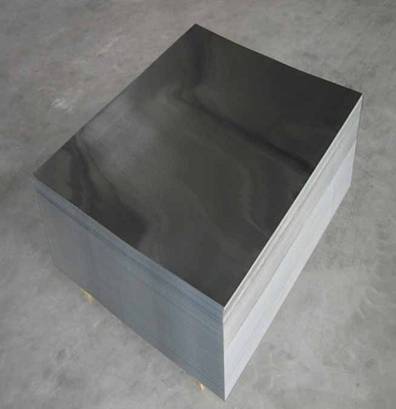


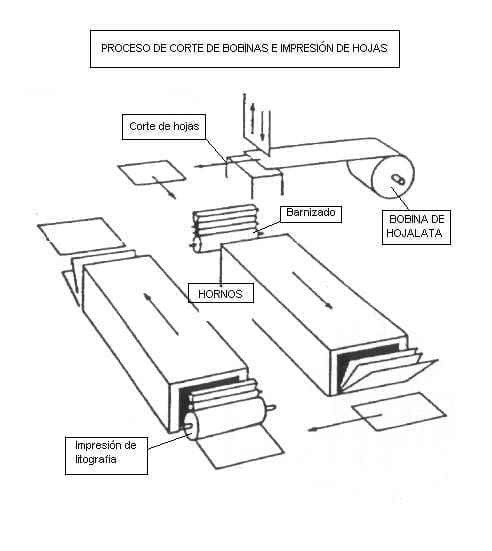
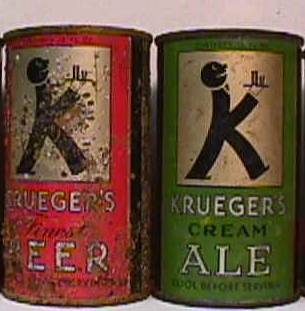
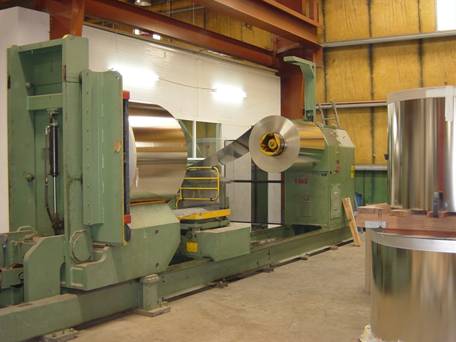
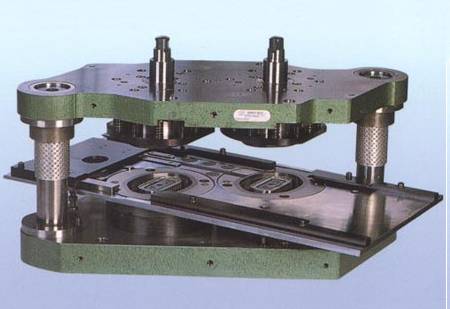
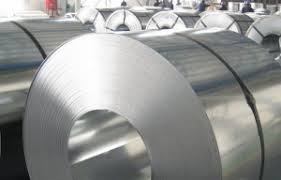



0 Comments